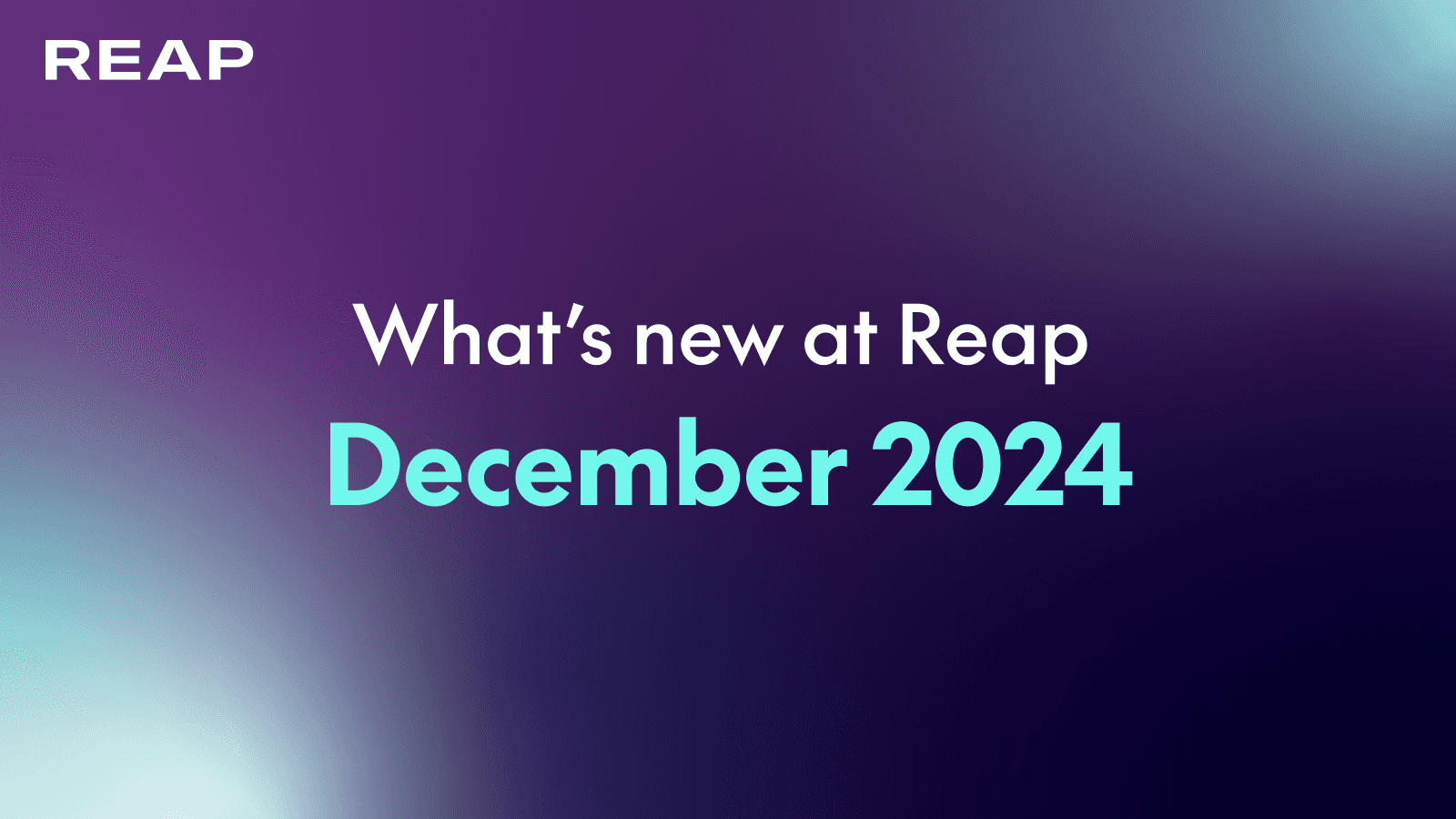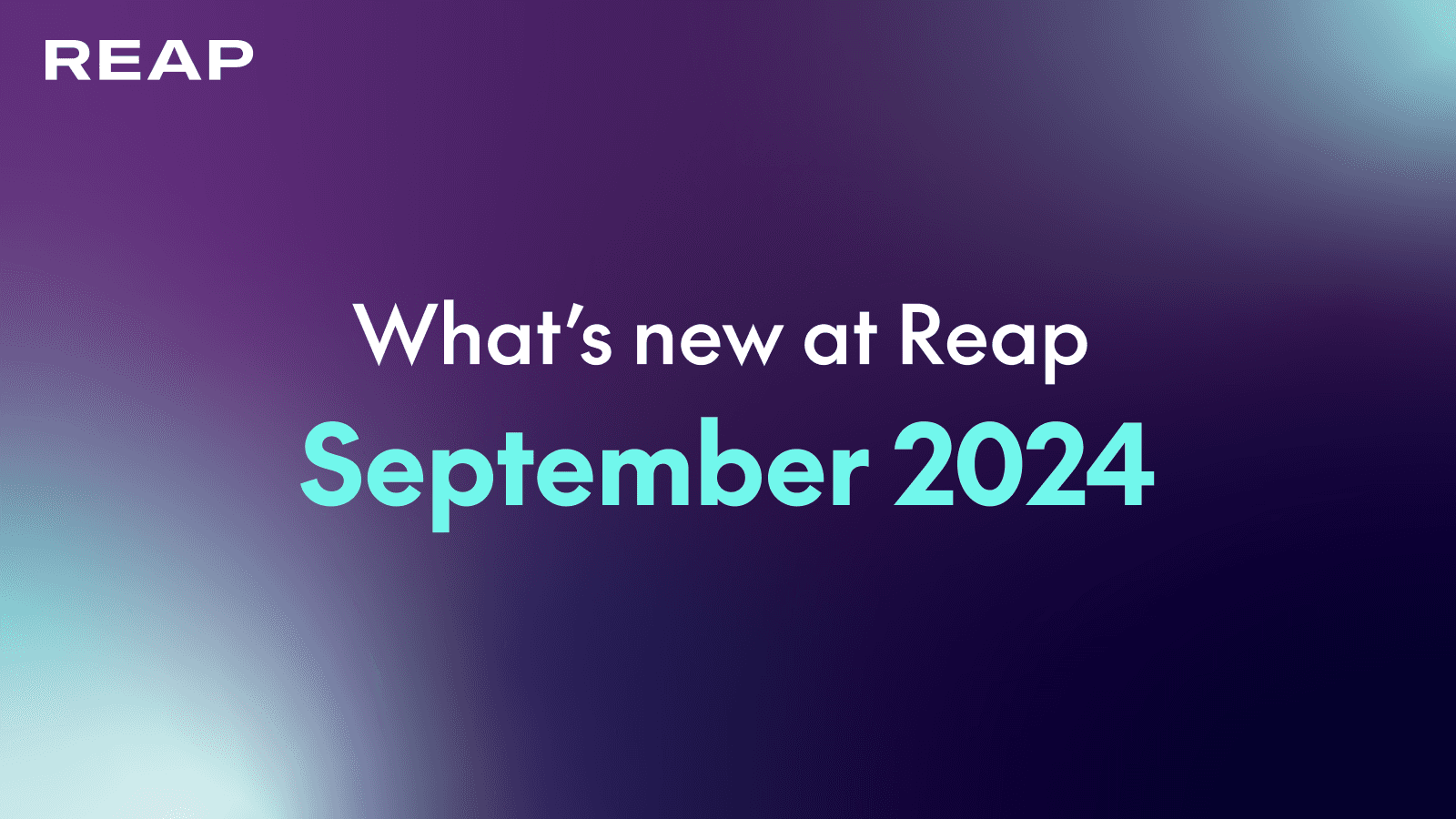Posted by
Anushka
on
Jul 2, 2024
When launching your own card program, choosing the right transaction authorisation model is a key step. It revolves around determining who holds the source of truth for a card's balance or credit limit, which is vital in determining whether a transaction should be authorised when a card is swiped.
At Reap, we offer two major types of authorisation models: Standard Authorisation and Real-Time Authorisation. The decision on choosing which model to go for should consider factors such as the intended customer experience and existing infrastructure.
Standard Authorisation
With this method, Reap holds the source of truth for a card's balance. It offers a hands-off experience where Reap calculates and keeps track of card balances on your behalf.
What does the authorisation process look like in Standard Authorisation?
The purchase process begins when the cardholder initiates a transaction with a merchant.
The merchant, upon receiving the purchase request, sends an authorisation request to the card network (Visa).
Visa, as the intermediary, forwards the authorisation request to Reap.
Reap evaluates the total card program credit limit between the card issuer (you) and Reap, along with the cardholder's individual credit limit, to determine if the transaction can be completed. The credit limit for the card program is established based on a 1:1 ratio with the amount that you have collateralised with Reap.
After verifying that there is sufficient credit limit, Reap sends the authorisation response back to Visa.
Visa then facilitates the transaction with the merchant, ensuring the payment goes through.
At the same time, Reap sends a transaction notification (webhook) to your system for recordkeeping purposes.

To enable users to make purchases using your card program, as the card issuer, it's crucial to ensure that each card has a sufficient credit limit assigned to it. You can allocate the credit limit for each card from the overall credit limit of your card program in collaboration with Reap. Reap provides you with this credit limit, which is determined based on the total amount you have collateralised with us. As the card issuer, you can set and adjust card limits using APIs provided by the Reap platform. These card limits can be dynamically adjusted, assuming sufficient credit limit is available. When a card is issued with a specified limit, the corresponding amount is deducted from the overall card program credit limit to cover that limit allocation. Whenever cardholders make purchases or transactions, the corresponding amount is automatically taken from the card credit limit to cover the transaction amount and associated fees. This ensures that transactions are properly accounted for in real-time, and the available balance on the card decreases accordingly.
Advantages of Standard Authorisation
No additional ledgers or systems needed: The Standard Authorisation model eliminates the need for the card issuer to create additional internal systems to track each card's balance/credit limit in real-time during a transaction.
No need to handle transactions directly: Card issuers are no longer required to directly handle and respond to transactions, and instead can leverage Reap's API to cover the entire customer journey. This means there is no need to manually check the balance/credit limit of your users and provide approval status back to Reap.
Real-Time Authorisation
In this method, you as the card issuer hold the source of truth for a card's balance. As the name suggests, it is necessary to verify your cardholder's balance and authorise the transaction in real time.
What does the authorisation process look like in Real-Time Authorisation?
The purchase process begins when the cardholder initiates a transaction with a merchant.
The merchant, upon receiving the purchase request, sends an authorisation request to the card network (Visa).
Visa, as the intermediary, forwards the authorisation request to Reap.
Reap evaluates the total card program credit limit between the card issuer (you) and Reap.
If there is enough credit limit, Reap sends a request to your system to check if the transaction can be authorised.
You, as the card issuer, check your cardholder's card credit limit, to determine if the transaction can be completed.
You need to respond promptly, typically within a few seconds, to Reap with the authorisation decision. If authorised, the transaction amount is directly deducted from the card program credit limit.
After receiving the authorisation response, Reap sends the authorisation response back to Visa.
Visa then facilitates the transaction with the merchant, ensuring the payment goes through.
At the same time, Reap sends a transaction notification (webhook) to your system for recordkeeping purposes.

Advantages of Real-Time Authorisation
Full flexibility in transaction approval: As the card issuer, you have complete control over whether a transaction should be approved. This flexibility enables different use cases and business logic, such as checking the user's balance to ensure sufficient funds, enforcing spend limits, or restricting transactions to specific locations.
Customised business rules: Real-Time Authorisation is particularly advantageous for card issuers looking to embed their own customised business rules into the card program.
Implementing real-time authorisation can be challenging due to the requirement of responding within a short timeframe. However, this rapid response time is crucial in ensuring seamless transaction processing.
Watch a demo
In conclusion, choosing the right transaction authorisation model depends on factors like customer experience and existing infrastructure. Standard Authorisation provides a hands-off experience, while Real-Time Authorisation offers full flexibility and customisation. Reap provides the necessary tools and APIs to support both models, empowering card issuers to create successful and efficient card programs.




